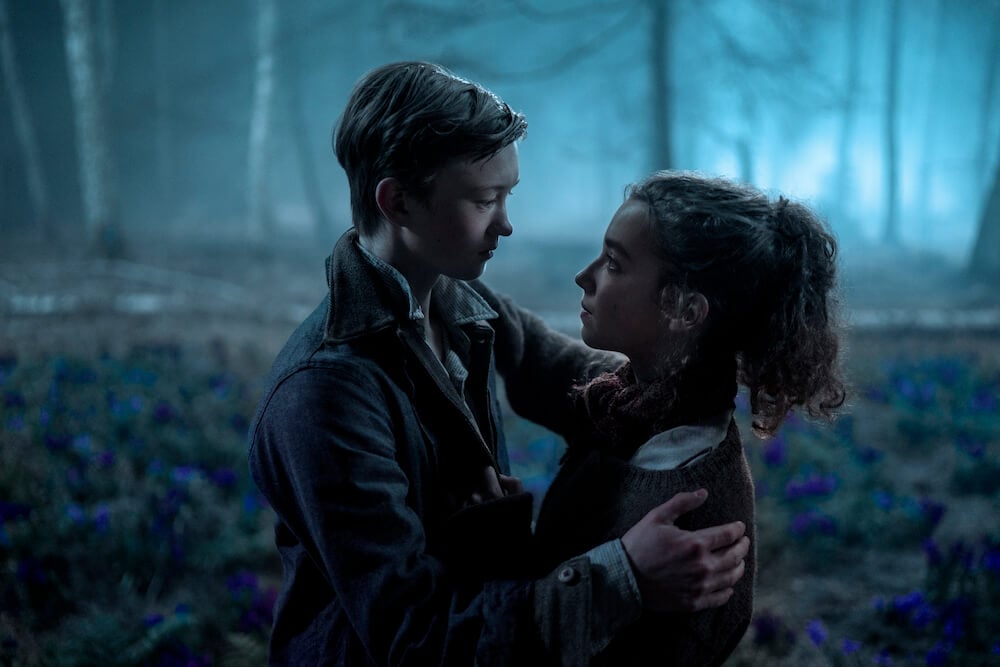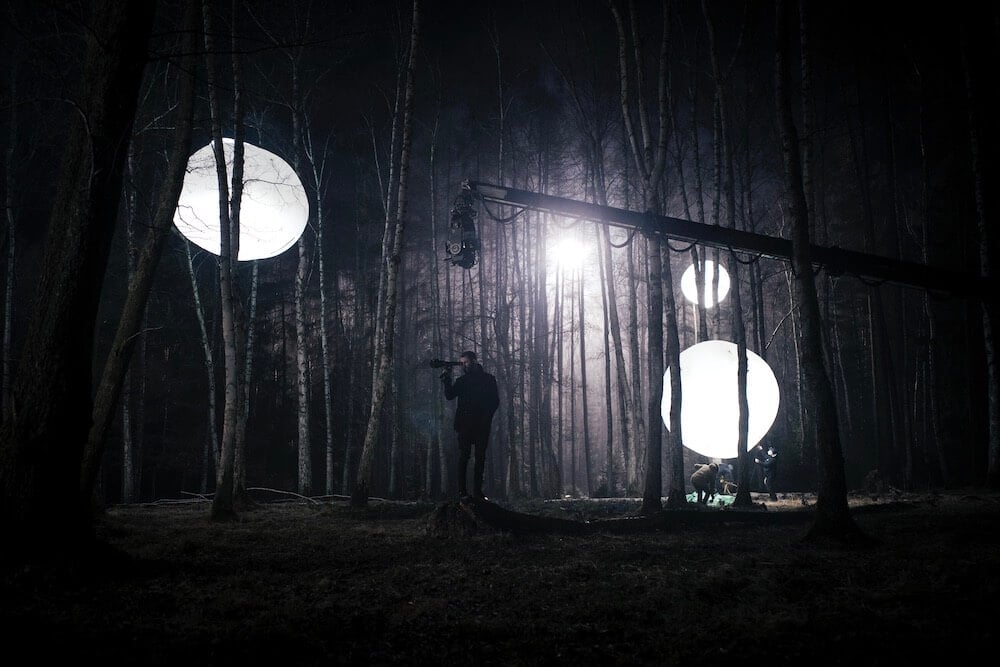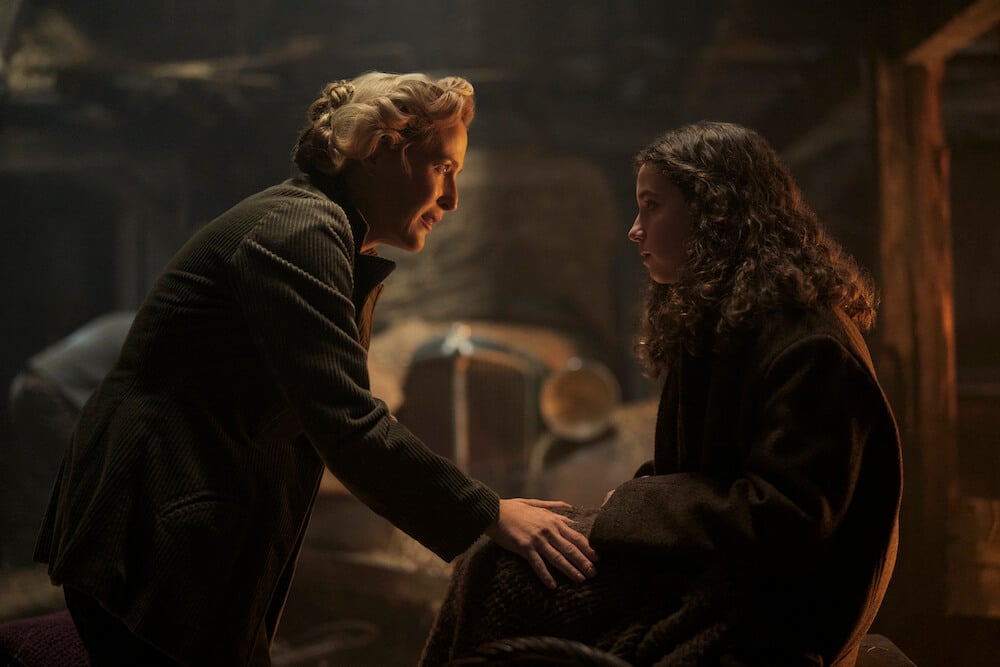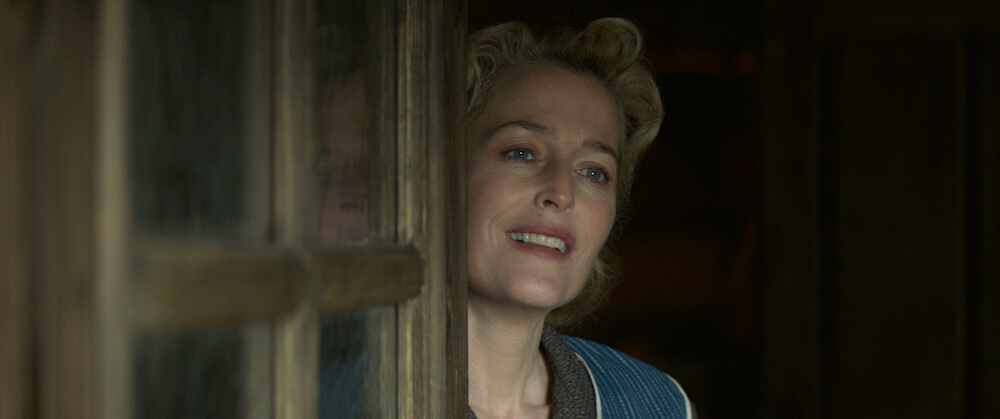Cinematographer Matthias Königswieser, AAC on White Bird

Up to the moment the cameras rolled, cinematographer Matthias Königswieser, AAC wasn’t sure White Bird: A Wonder Story would actually happen. Production of the feature film began in Prague in the middle of the coronavirus pandemic, when most of Europe was on lockdown. Transporting crew, talent, and equipment required herculean effort and contingency planning, and if key personnel or talent tested positive for covid, the entire schedule could be upended or the production could be shut down. Lay on top of those difficulties a cold, mucky winter, and you have a recipe for what could have been a disaster.
Königswieser channeled his anxieties about the situation into shooting the film. “You take that intensity and you put it on screen,” he says. “Even though it was incredibly hard, when I shot, it was very much like a psychological as well as physical workout. You could blow off some steam and turn those feelings into art and imagery.”

Based on writer R. J. Palacio’s graphic novel, which is itself a prequel to her young-adult novel Wonder, White Bird is the story of a Jewish girl, Sara Blum (Ariella Glaser), and her polio-stricken classmate Julien (Orlando Schwerdt), who helps hide her from the Nazis in 1940s Vichy France. Königswieser learned about the film adaptation in the summer of 2020, when director Marc Forster, for whom Königswieser had shot 2018’s Christopher Robin, approached him about shooting White Bird; the duo would subsequently reteam for the feature A Man Called Otto.
Königswieser felt an immediate connection to the material. “The very first thing that Marc said to me is that it’s a really important story to tell right now, unfortunately,” Königswieser says. “There are so many parallels to what happened in the ’30s in Europe. There are so many things that people seemingly don’t realize that I’d been almost force-fed in my youth, that ‘this shall never happen again.’ When a little flame of hate comes up, you need to extinguish it or it just gets going.
“I was absolutely hellbent to do this film because, as an artist, you can feel like you live in vain,” the cinematographer continues. “You do all these vanity projects or commercials, but when do you make a statement and change the world for the better? I felt like this was an opportunity to go in that direction.”
Though set in bleak and desperate times, White Bird at its heart is a teenage love story. Forster spoke to Königswieser about trying to find a certain romanticism in the harsh environment of Sara’s school, where many students had been seduced by the Nazi ideology, particularly the class bully, Vincent (Jem Matthews). “We talked about the classroom being a microcosm of the world, like every classroom is,” Königswieser recalls. “Future heroes and villains sharing a room. It’s that pressure cooker of what the future will have in store for us all. The bully is not to be taken lightly, because if the bully doesn’t get a readjustment in those early ages, he will take that as the method to go through life. The bully in the classroom might become the dictator in the future.”
However, within that pressure cooker of the classroom, tenderness emerges. “Julien becomes the hero of the story,” Königswieser says. “Sara is being saved, but she’s also being called out on her vanity, because she’s one of the popular girls in class — she’s taking his generosity for granted. It has all these little things that are so true to life, and that’s something we always held onto. You can get carried away with the backdrop, the war and the Nazis, but at the end of the day, it’s about the classroom and the people that are in it, what happens to them under these circumstances.”
In addition to the work of legendary painters including Jakub Schikaneder, Pieter Bruegel and Vilhelm Hammershøi, Forster and Königswieser found inspiration in Italian director Bernardo Bertolucci’s 1970 masterpiece, The Conformist. In revisiting the film, Königswieser was struck by cinematographer Vittorio Storaro, ASC, AIC’s noir-like cinematography, how structured and systematic his compositions were, and how light and dark seemed to break the image into a grid. “The power play of light and shadow is striking and fittingly metaphoric,” Königswieser observes.
An idea came to him that he would use as a motif throughout White Bird. “I looked at The Conformist, and I saw that you could take a flag of any country and overlay it,” he says. “What do you have all of a sudden? You have this central focal point and a lot of negative space. When I composed throughout the film, I put that in, so you will see a lot of center composition with negative space. It changes meaning throughout the film — it can be freedom, or it can be oppression. Everything can be seen in two ways.”
Preproduction location scouting served as an important step for Königswieser in helping conceive the look of the feature. “For me, the most important thing is to go on location, spend time with another human being, and photograph that area with the person in it.” he says. “That helps me to connect with the space — the chaos element. Everything that I experience in nature becomes a metaphor and kind of poetic. Natural experiences, certain reflections, certain things that happen with the light, the wind, how something moves, they will become part of a story and will move me through the scene in many ways.”

Just as he had for Christopher Robin, Königswieser desired to shoot a mix of formats for White Bird. Most of the movie is a flashback, a story being told by a grandmother (Helen Mirren) to her grandson (Bryce Gheisar), so Königswieser’s general rule of thumb was to shoot the past scenes on film and the present-day scenes on digital. There was an exception for nighttime scenes, which were shot digitally with film grain added in post, since the digital camera’s imaging sensor could capture more detail in low-light situations.
As he has for many years, Königswieser turned to Panavision for his camera and lens package. Complicating matters for White Bird, the equipment had to be sent from London to Prague, where the COVID-19 Delta variant was wreaking havoc and had stalled shipping. That did not stop Königswieser from pleading his case to his producers.
“I explained the reasons why, writing technical and philosophical emails,” he says. “I got so into it that I almost made it sound like it was a religion to shoot in Panavision! That’s how crazy I got, but for me, it’s because I have such a long track history with Panavision, and I know the lenses so well. I can say this very specific piece of equipment is for this very specific emotion that I need to translate in imagery. I need my paintbrush.”
Königswieser eventually convinced the producers, and Panavision was able to supply the production with a Panaflex Millennium XL2 35mm film camera, a Panavised Arri Alexa Mini digital camera, and a set of anamorphic T and G Series lenses, with the T Series serving as his primary optics. “I love the T Series because you can customize them, but they’re also modern and reliable and give you close focus ability, which is a rarity with anamorphic glass.” he says. “That’s very valuable, especially when shooting handheld and you need to get that little bit closer to emphasize an emotional beat, for instance.”
One concern Königswieser had was that the T Series were designed for digital cameras. So he asked Charlie Todman at Panavision London if the lenses could be modified to work on a film camera. “I got lucky because some had already been adjusted for other cinematographers,” he explains. A slight change to filtration also helped balance the lenses for film. For focal lengths that couldn’t be modified, the G Series stood in for the T Series.
For his film stocks, Königswieser chose Kodak Vision3 500T 5219 and 250D 5207. “With the digital intermediate, it’s like making music: Originate analog, bring it into a digital realm, and take that signal to the next level,” he muses. “Back in the day, you needed a large variety of film stocks and six-stage matte boxes to customize your look, but you don’t need that anymore.
“I was super-happy to be able to shoot film,” he says. “It was everything we wanted and needed to put that texture, that saturation, that gravitas, that contrast, like an oil-paint feeling, into the digital realm.”

When Forster would ask him to switch formats for certain scenes, Königswieser was not afraid to break with the film and digital methodology he had established for the movie. “At first, I thought, ‘It’s breaking our method,’” the cinematographer shares. “But then I just let it sink in for a minute, and I realized, ‘Actually, there’s such a beauty in breaking the method at this moment.’”
One such present-day scene where they shot 35mm film instead of digital occurs at the end of the film. “Grand-mère is back in New York City, at the museum, and she’s telling her story,” Königswieser says. “She has a big art retrospective as a survivor. And we chose film, because it was like taking the past and bringing it into the present.”
As long as it makes sense to the emotion of the story, he believes the audience won’t notice the change in format. “Only a very select few will open a magazine or read a website and get that information,” he says. “What matters is the feeling that people walk away with.”
For Königswieser, the hope is that the feeling one takes away from watching White Bird could be the spark that helps change the world for the better.

Unit photography by Larry Horricks, courtesy of Lionsgate. Behind-the-scenes photo courtesy of Matthias Königswieser, AAC.


